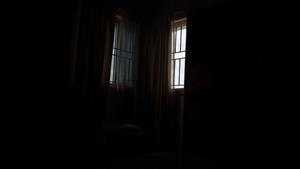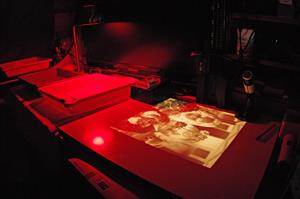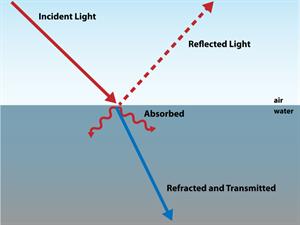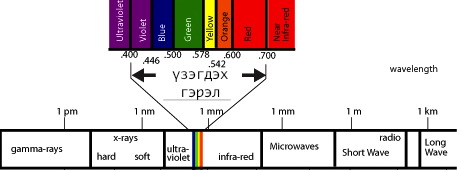PDF chapter test TRY NOW
When we walk into a room that looks like the image shown below,

The above image seems to be a dark room. While we enter into it, we cannot see anything around us, but the moment we switch on the light, everything is visible.

This is because human eyes can detect the light which is reflected from the objects. Light is a form of energy that helps us to see things around us. Without light, we cannot see an object.
How does light help to make things visible?
A particle of visible light, called a photon, travels at the speed of light towards the object. The photon hits an atom, or particle of matter, on the object. The atom absorbs the energy from the light and releases a new frequency of light. Some wavelengths of light are absorbed, and some are reflected off.

Visible light:
Light or visible light refers to the visible region of the electromagnetic spectrum: the range of wavelengths that trigger brightness and colour perception in humans. It lies between UV and infrared radiation. The visible light spectrum is the segment of the electromagnetic spectrum that the human eye can view. Simply, this range of wavelengths is called visible light. Typically, the human eye can detect wavelengths from 380 to 700 nanometres.


Reference:
1. https://pixahive.com/photo/window-of-a-dark-room/
2. https://upload.wikimedia.org/wikipedia/commons/6/62/Dark_room.jpg
3. https://upload.wikimedia.org/wikipedia/commons/5/5d/Visible-spectrum.jpg
2. https://upload.wikimedia.org/wikipedia/commons/6/62/Dark_room.jpg
3. https://upload.wikimedia.org/wikipedia/commons/5/5d/Visible-spectrum.jpg
